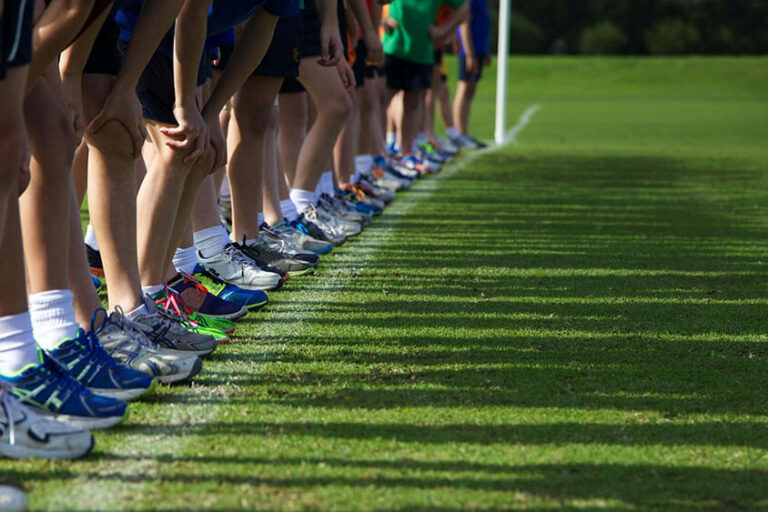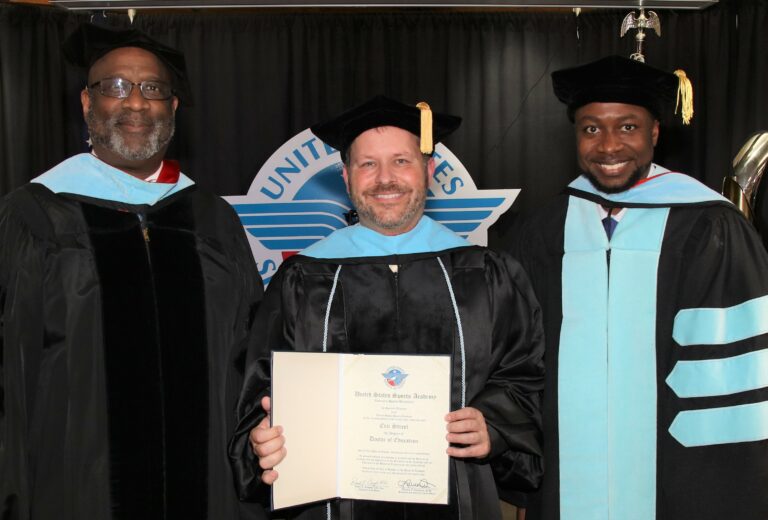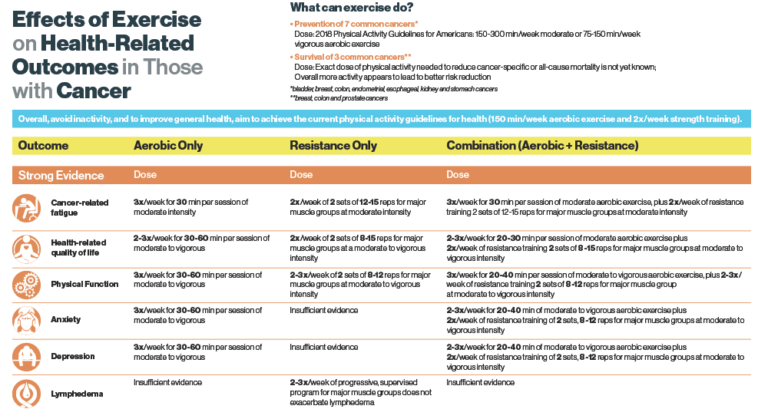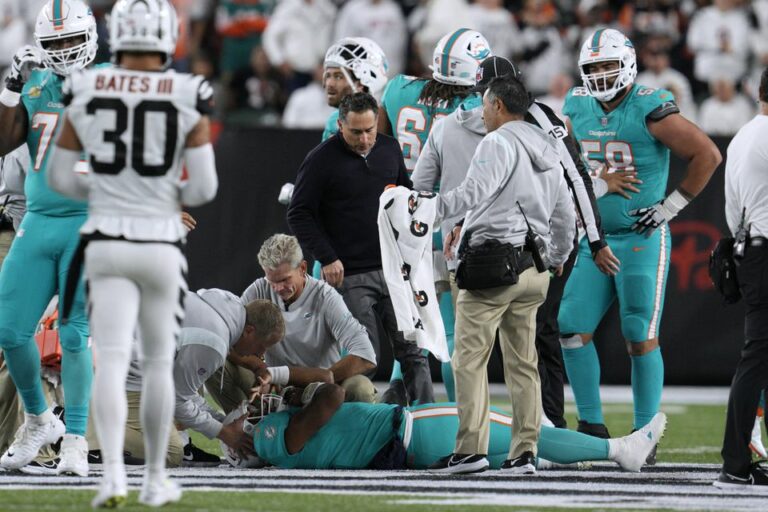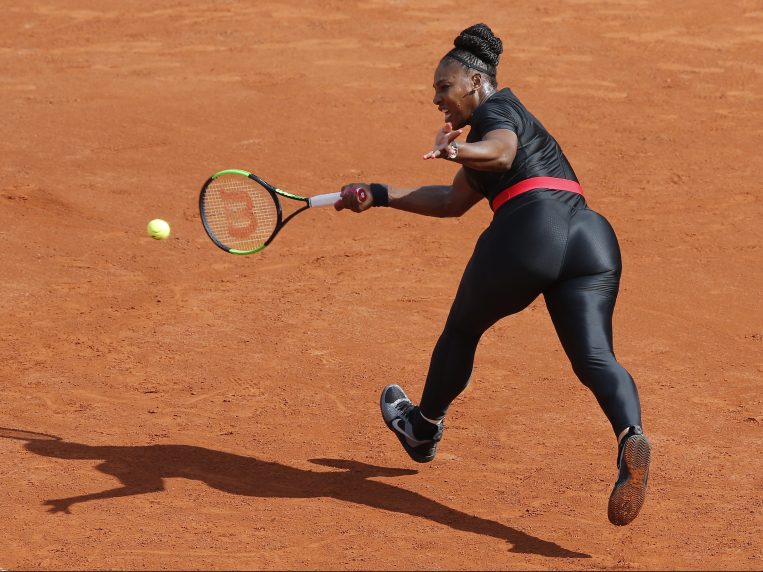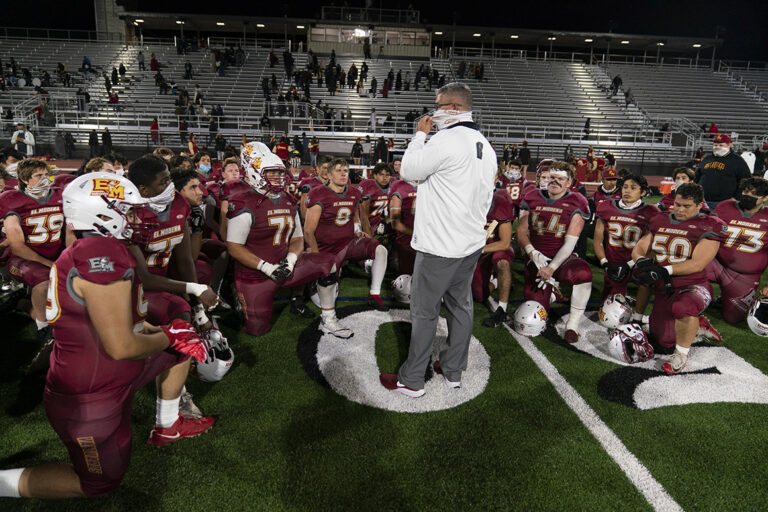By Adrienne D. Smith |
The difference between men and women’s uniforms is vastly different in the world of sports. One might wonder in many cases why the female uniform for a sport is designed to show more skin than the male uniform for the same sport. The belief is that performance can be increased with the use of less material as it is not as restrictive and that tightness of the clothing allows the body to move easier. An exception and reverse of the uniform standards can be found in the sport of swim where women wear full coverage suits that can go to the knees while men wear very skimpy speedo briefs at times. Other exceptions can be found in sports that wear the same uniforms like women’s pro football, wrestling, and basketball. The sports use the same muscles and body dynamics, but yet the difference exists in much of the clothing. Uniforms and attire has recently come under hot debate in the professional and personal area of sports with athletes, coaches and the public voicing opinions. While there are some instances that a female athlete chooses to wear the more revealing uniforms for comfort or personal style, the purpose of this article is to show that for many of the athletes it is an outside influence that has decided for them.
Many have theorized, that the difference in the uniforms is a ploy in order to sexualize the female body. It is a known fact that many of sports viewers are male and males tend to be visual in their choices. This fact is known by advertisers in the simplicity of the fact that sex sells so female uniforms are made to show more skin. Members of female sports are supposed to be given a choice in allowable clothing in things like bottoms. However, many team members are pressured into uniformity by other team members or coaches. In many sports it is actually the coach or an athletic association that is deciding on the uniforms for all thus eliminating any perceivable choice that a female athlete may have. The choice of clothing has recently come under fire to show that women athletes actually do not have the final say in their uniforms. A good example of this can be found in the recent fining of $175 dollars per player to the Norwegian Handball team in 2021 for wearing shorts instead of the traditional bikini bottoms to the European Championships. Another example of an athlete not being able to choose their uniform can be found when Serena Williams wore a one piece cat suit during the 2018 French Open for medical reasons to help prevent blood clots after giving birth. Per published guidelines, the outfit was allowable but was met with so much outrage and backlash.
In a November 4, 2021 article published by the National Organization for Women entitled The Policing of Women’s Bodies through Sexist Athletic Uniforms the following statement and quote appeared, “While she technically did not break dress code,” the French Tennis Federation President Bernard Giudicelli declared in an interview with Tennis magazine that, “it will no longer be accepted. One must respect the game and the place.” This statement implies that in order for a woman to “respect” the game and be allowed on the tennis court, she must appear a certain way, which includes wearing a skirt. This response emphasizes the incessant desire to control how women can and cannot appear, especially since skirts don’t contribute to athletic performance. Historically, sport was founded and governed by Westernized white males. They made the rules, and these rules on uniforms also have an appearance and effect of discrimination in that they do not allow some countries who have more conservative or religious objections to participate in the sport.
In many instances modern day media, has helped increase the presence of skimpy outfits that are worn among the athletes. In part this may have started as a way to get a predominately male viewership interested in viewing the sports as viewership and interest has always been lower. Female athletes are not talked about or written about as being high performance athletes. They are not discussed in sport’s columns or in casual conversations like their male counterparts. In an online article, entitled “The Naked Truth” published as part of a creation of Elmira College women’s studies under the instruction of Diane Maluso, the following was stated, “The media primarily critiques female athletes in terms of body type and looks, instead of their performance as an athlete.” This idea leads to the notion that female athleticism does not matter, and that the female athlete exists just for one to look at and admire. This is a dangerous notion as it places all female athletes into a stereotypical mold of being the same body type. We live in an age that we are trying to teach the value of self-esteem, body image, and self-worth to the next generation. Many younger athletes and youth have looked up and often times idolized many athletes and what are they seeing, but also realizing that a mold has been created that they may not fit into. We have used the female athlete in a form of sexploitation that can and will have lasting implications for years to come.
“Research tells us girls start to drop out of sport at an alarming rate when they are in the 12 to 14 year age group. It shows also that the main reason for young girls abandoning sporting activities is to do with their poor self-image at a delicate stage of their transition into adulthood. Restrictive clothing such as short revealing skirts or heavy, unwieldy school uniforms have been cited as reasons for girls’ unwillingness to take to the sports fields in lunch breaks.” (Australian Sports Commission). This can lead to self-esteem issues among younger athletes. Young girls with developing bodies during puberty may see that if they cannot look the way the media has portrayed them to be in uniforms, that they do not have a future in their chosen sports. It can possibly lead to the development of eating disorders. This implication of sexualizing female athletes for their appearance rather than their athleticism can and will have lasting implications for the future of the female sports.
Added to the complexity of the media biases towards the eye appeal of female athletes is the number of athletes who have felt that in order to have name recognition that they must also pose in pictures with even less clothing. Part of this comes from the idea that sports represent strength and independence which are not seen as particularly feminine. In the opinion of this author, this notion of athleticism is why the female athlete gives into the existing attitudes of sexism and possible exploitation. They simply want their name to be recognized and to gain endorsements. Female athletes appear on covers of magazine in provocative poses and not in shots of them in action. Some well-known examples of athletes that have posed and became more known for sex appeal than their ability to be an active athlete known for performance include: Anna Kournikova a Russian tennis player; Chi Cheng a Taiwanese track and field Olympian; American swimmers Jenny Thompson and Ashley Tappin; and Danica Patrick an American Nascar driver. This is just a few of the athletes among numerous others that have done the same thing. Emily Liang writes in The Media’s Sexualization of Female Athletes: A Bad call for the Modern Game, “As long as the media continues to sexualize female athletes, women in general will remain in a less powerful role, and feminist ideals of gender equality cannot be fully realized. Even outside of sports, women are frequently marginalized and objectified, as society tends to undermine their accomplishments in favor of their beauty and sex appeal.” She further writes, “If most, ideally all, female athletes refuse to follow the media’s sexualization, they can fulfill Modernist feminist ideals without compromising material benefits. Eventually, their actions would encourage the media to emphasize their athletic performances, garnering themselves positive publicity and empowerment.”
In recent years, the media has focused on a lot on sexual misconduct on the part of officials and coaches. United States Governing Bodies for sports programs have had to institute SAFE Sports certifications in order to circumvent this. In the sport of gymnastics for example, one can find the biggest sexual abuse scandal that has ever existed in female sports. This was the case of Larry Nassar who molested over 256 female in athletes in several countries, and was ultimately sentenced to 176 years in prison. During the sentencing of Nassar, several victims described the culture of gymnastics as one that allowed for abuse and objection of female athletes. It is also important to note that this author is not saying that uniforms caused the abuse, but rather agreeing that athletes should have a choice in what they feel comfortable in based on personal convictions. Germany made a stand in the 2020 Tokyo Olympic Games that were held in 2021 due to the Corona virus pandemic. The team decided to compete in unitards or full body suits instead of the traditional leotard that exposed their legs. In gymnastics am athlete can have points deducted for making adjustments to uniforms so if a leotard slips and reveals then the athlete has either be exposed or take the point deduction. Unitards or cat suits do not slip and reveal intimate areas. This move was made in order to protest the sexualization of gymnastics, and to set a higher standard that would be seen on an international platform. However, they did not debut the unitards at the Olympic Games, but during the European Championships that were held in April. During the European Championship, German team member Elisabeth Seitz was quoted to say the, “choice set an example to all gymnasts who may feel uncomfortable or even sexualized in normal suits. Every gymnast should be able to decide in which type of suit she feels most comfortable.” History shows that unitards while allowed in the sport were typically only worn for religious reasons by some countries and not for choice, so the step by the Germans on an international stage was huge in that it allowed the choice of clothing in what the athlete was comfortable in. The Germans gained acceptance for their decision from many other athletes including American Simone Biles who has stated that she prefers leotards only because they elongated the leg. However, she stated, “I stand with their decision to wear whatever they please and whatever makes them feel comfortable, so if anyone out there wants to wear a unitard or leotard, it’s totally up to you.” Perhaps the most powerful statement about the choice was made by German Gymnast, Sarah Voss, who stated that she wants to be a “role model for young gymnasts who don’t feel very safe in every situation. To do splits and jumps, sometimes the leotards are not covering everything, sometimes they slip and that’s why we invented a new form of leotard so that everyone feels safe around competitions and training.” She does on further to state, “Every time you don’t feel safe it’s distracting you from what you want to perform. I think that feeling safe and not thinking about what other people can or cannot see is quite relieving when you can compete like that… Some girls quit this beautiful sport [because of having to wear leotards] so that is why this is a great option for everyone to stay in the sport they love and don’t think about anything else about their body — just about their performance.” This may the first instance recently when female athletes took a stand and made a choice for themselves that was not met with opposition or fines.
In conclusion, it seems that choice is not necessarily the dominating factor in female athletic uniforms. It appears that persuasion, peer pressure, and outdated guidelines are making the decision. Female athletes should be allowed to choose what type of uniform fits them best if athletic performance is not compromised. A fair playing field should be offered for all athletes regardless of sex. Comfort and performance should be the deciding factors. It is time that female athletes are put in positions that their voices can be heard. A new generation of female athletes is coming to know the love of sports, and it is time that they have role models that represent them all. Inclusivity will grow the sports more. It is time to not punish the choice of the athlete, but to celebrate the uniqueness of each athlete that wears a uniform. If an athlete wants to wear less than that should be their choice, but if they want a more modest dress to not feel sexualized then that choice should also be respected.
Adrienne Smith is an author of leisure blogs and editorials about modern day world issues. She resides in Daphne, Ala., with her husband and is also the mother of two young adult daughters and one teenaged daughter. Adrienne is not only a mother, but is a female sports mother whose children were involved in softball, cheer, basketball, track and competitive swim. She has served as a volunteer coach in cheer and a timer in swim. She currently writes for hobby and relaxation.
